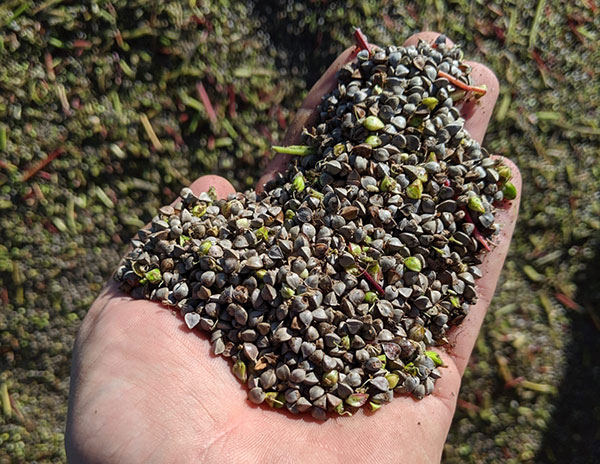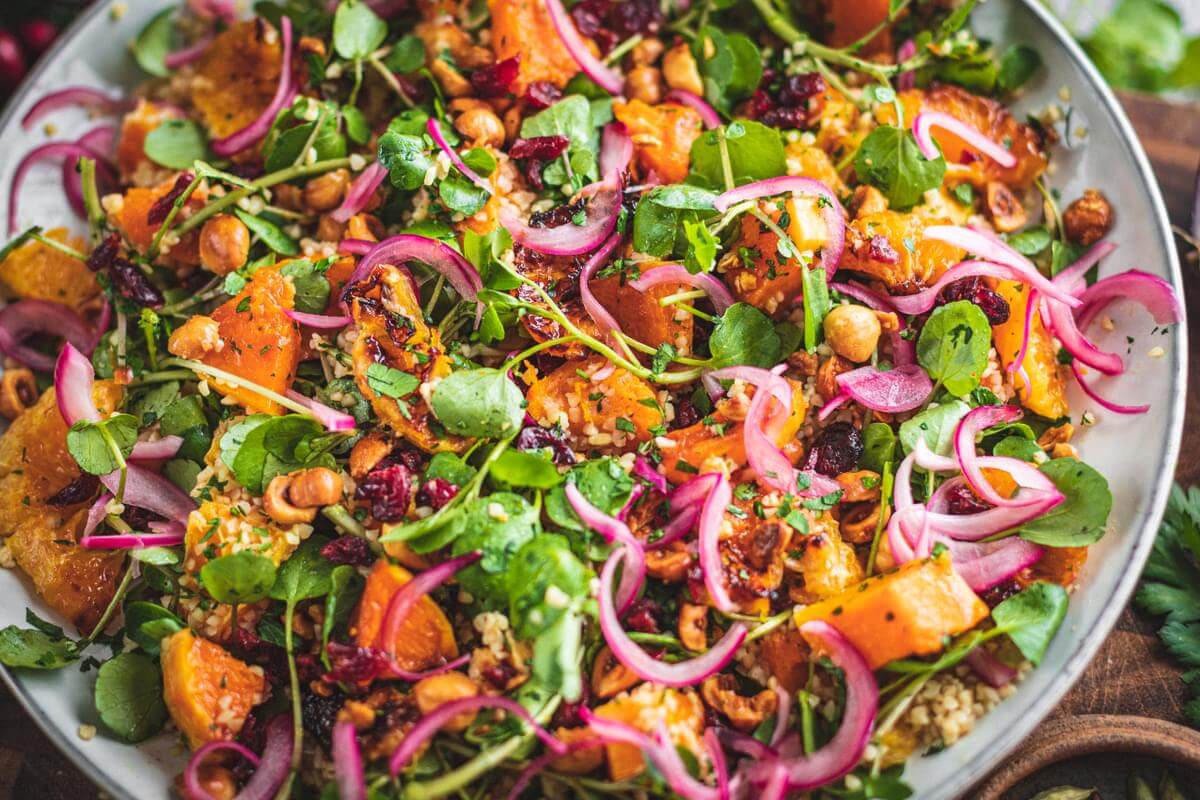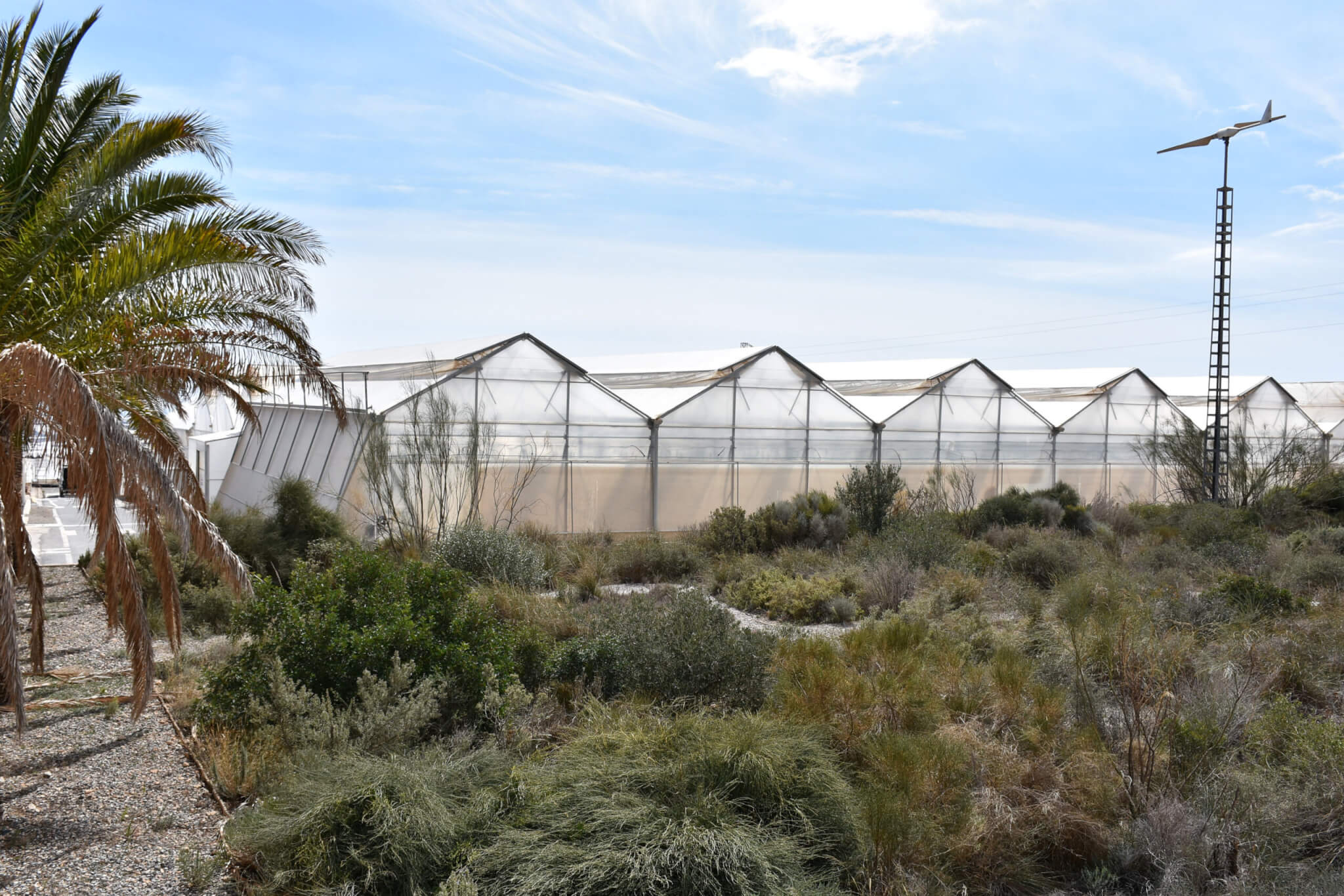‘Save the world: grow peas and beans’, reads a recent Guardian headline on the magic of these lowly legumes.
And it’s a line that reflects the latest sustainability trend du jour: true plant-based proteins, that is, whole foods rather than plant-derived proteins used in processed food, are a valuable addition to diets to help wean us off too much processed food, red meat and dairy. They also help farmers increase crop diversity on their land, and fix nitrogen in the soil to replace the use of synthetic fertilisers.
So surely it makes sense to scale up such a wonderful family of crops? But when I put this to the founder of pioneering pulse company Hodmedod, whose work continues to lead in this particular field, Josiah Meldrum, he politely cuts me down. “‘Scaling up’ always rings slight alarm bells,” he explains. “It’s more about scaling out. I know that’s a pretty nuanced distinction but what we don’t want to do is just create another commodity, with all the problems that come with that commodification.”

To explain more, he refers me to Essex farmer George Young, whose eclectic profile of crops sounds like an alternative harvest festival stand, including linseed, hemp and buckwheat, as well as being one of the first commercial growers of British lentils.
And far from any hippie ideals you might associate with such a list, former banker Young is clear about exactly what is needed, and what is not, to make the growing of these more unusual crops commercially viable.
“There are numerous stories of people coming in and ruining an entire supply chain in one go,” says Young, who uses the example of quinoa, where the boom in demand was met with such a huge increase in global supply that the price went through the floor. This defeats the object of using these lesser-known crops to make a transition to sustainable, more diverse farming financially viable, as well as producing healthy food.
“I’ve seen it this year. I’ve been working with buckwheat for a couple of years now – and you’ve got to do a lot of work and investment. I’ve only ever grown 12 acres,” says Young, explaining how an abrupt increase in supply after someone spots an opportunity can make it hard for anyone to make a return. “The total size of the buckwheat market in the UK is very small,” he says. “You’ve got to be very delicate in these crops until we can get the market and processors to see the value in British.”
Judging by the buzz around the first ever British-grown lentils available for sale last year, or a similar noise around the first UK chia seeds, both sold and developed by Hodmedod with farmers like Young, there is a healthy interest in UK origin of such crops.
But there is certainly work to be done to fill the gap from the first headlines, to a decent volume sold through mainstream supermarkets and brands, where the bulk of pulses like lentils, chickpeas and fashionable grains like quinoa are still imported.
A lot of this comes down to simply understanding the reality of farming, believes Young. He says: “On lentils, in a lot of ways they don’t fit in to my farm. They can be planted late, which is good, but they are fairly annoying crops to grow. The issue with all of these things are people in various institutes who don’t understand food very well. They think the answer is these alternative crops.”
“Another one is farro wheat, which you can use instead of rice if you pearl it. Or rivet, which can replace durum in pasta,” says Young. “We need consumers to understand that we can produce these crops in the UK. That’s why a company like Hodmedod is so critical because they understand the farming side of it,” he adds.

On his own farm, which totals around 1,200 acres, with roughly 300 used for cropping, Young is due to begin organic conversion. He uses a ‘zero till’ approach, where possible, to minimise soil disruption from ploughing and is part way through cutting out artificial chemicals and fertilisers.
“To do that, I’ve been trying to grow as many different crops as possible. I’m now growing some spring crops like hemp, which grow tall and are good competition for weeds. I also grow buckwheat, which is good for agronomic reasons,” he says.
Perhaps more unusually, Young is also growing crops for nutritional purposes, like protein-rich hemp. “Lots of food that is produced at the moment goes into non nutritional supply chains, such as the wheat which goes into industrial bread, where pretty much no nutrients are made bio-available in the process,” he says, pointing out the contrast with fermented sourdough made from heritage wheat, where longer roots absorb more nutrients.
It’s a holistic approach to health, food and sustainable farming and one that feels a world away from the mainstream, whether that’s down to farming pressures in a commodity-driven global market, or the challenge of widespread dietary change.
As Young puts it: “We are so lucky in the UK, we literally have one of the best climates in the world. We need to learn to eat what our land provides.”
This article was initially published in the Autumn issue of Wicked Leeks. You can read the full magazine on Issuu now.









Here in Poland, buckwheat groats “kasha” used to be staple food (and still is for me) but has been largely replaced by more “modern” and imported grains like rice. It is still grown in this area of northern Poland and the smell and sound of a field in flower with every bee in the area busy making delicious buckwheat honey, is glorious. I grow all my own dry beans, a staple of my vegetarian diet – 6 different varieties and this year have added edamame soya beans which did really well. So I encourage all gardners to try it – they are trouble free and as a bonus they come in so many pretty colours and patterns – the ying yang bean and Jacob’s cattle being my favourites though nothing beats an ordinary large white bean for taste and versatility.
What an inspiring comment Ewa – really empowering to grow your own staple food, and how beautiful the buckwheat fields in Poland sound!
Thank you. I should have added that if we can grow buckwhear and beans for drying in northern Poland than it shouldn’t be too difficult in Britain as we are just a bit colder and drier, and I am sure some of your readers already do grow them. For the beans you really don’t need much space to produce a lot though it helps to have some extra willing hands for shelling !